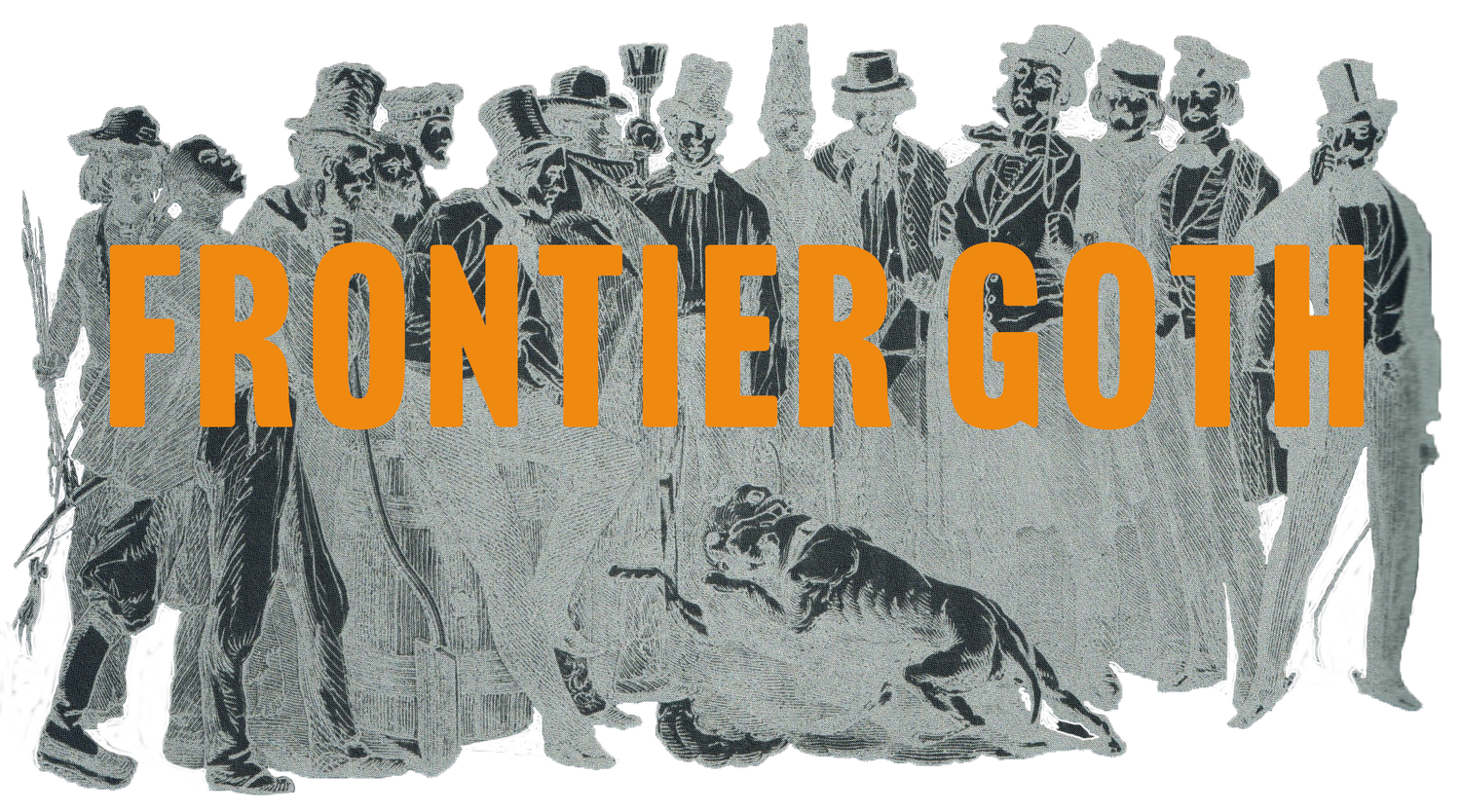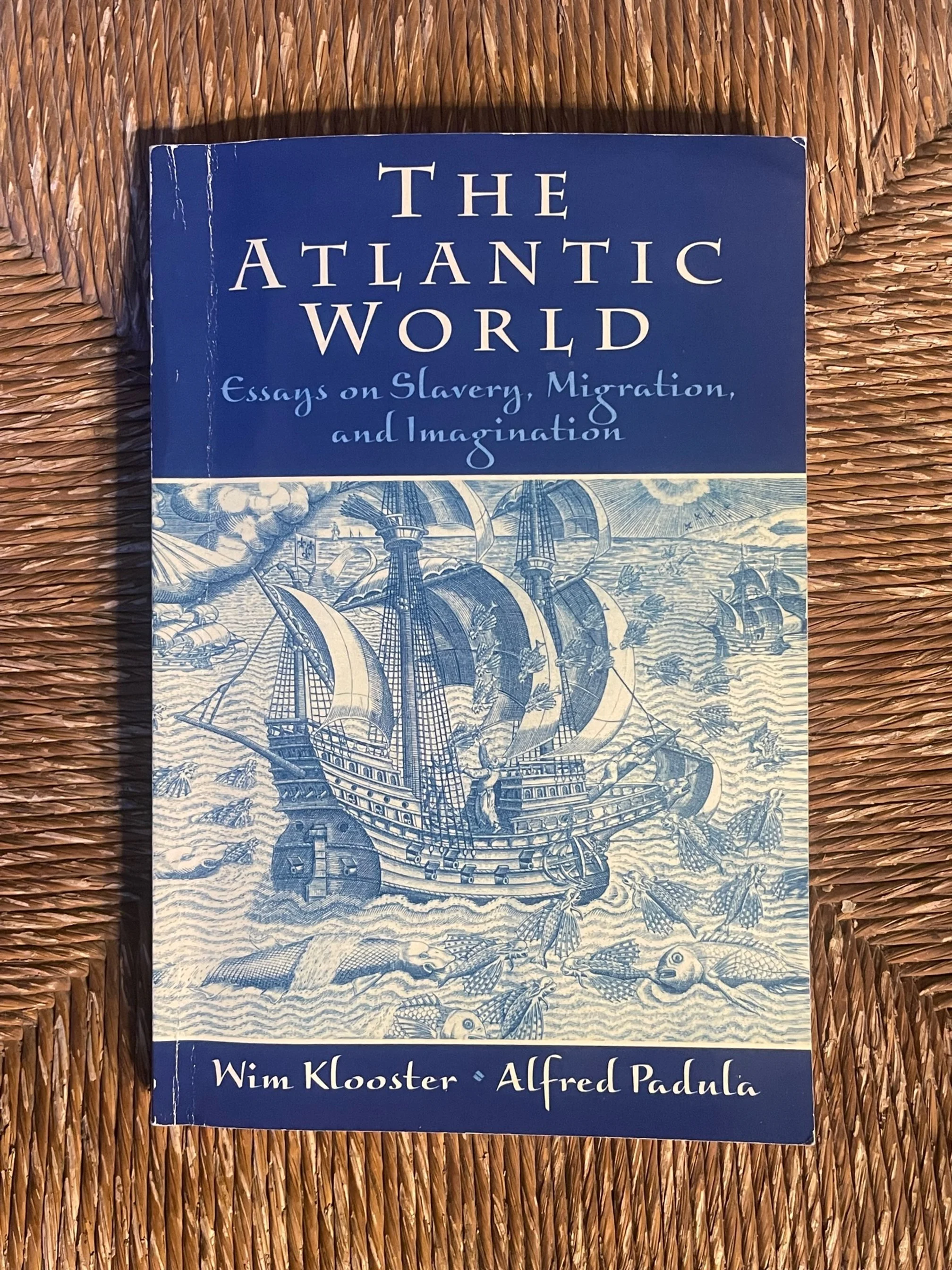The Atlantic World edited by Wim Klooster and Alfred Padula
“For it can be said that the Atlantic world produced a common culture (a dubious proposition at best), then the hallmark of Atlantic culture was mixture, the blending of peoples, languages, cultures, customs, currencies, religions, and rituals into previously unknown hybrid forms. The sheer linguistic creativity that arose to describe racial and ethnic interchange is evidence of this: words like metis, mestizo, maroon, cimarron, mulatto, quadroon, and so forth met the need to catalogue the mixing of Atlantic peoples. Pidgin languages, native to no one but essential to facilitating trade and political negotiations, came into being as provisional solutions to the ‘New World Babel.’ Historians have similarly groped for terminology to describe the shadowy worlds, the borderlands, marchlands, margins, or ‘middle grounds’ produced by these exchanges, zones of contact where old boundaries ‘melted at the edges and merged.’ One of the more provocative interpretations of ‘circum-Atlantic culture’ argues that ‘substitution’ is its chief characteristic.”
-Mark A. Peterson, 2005


